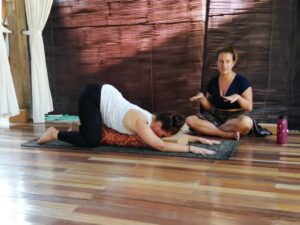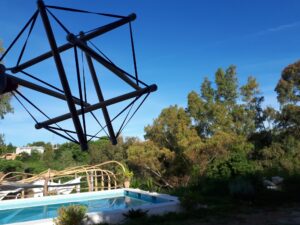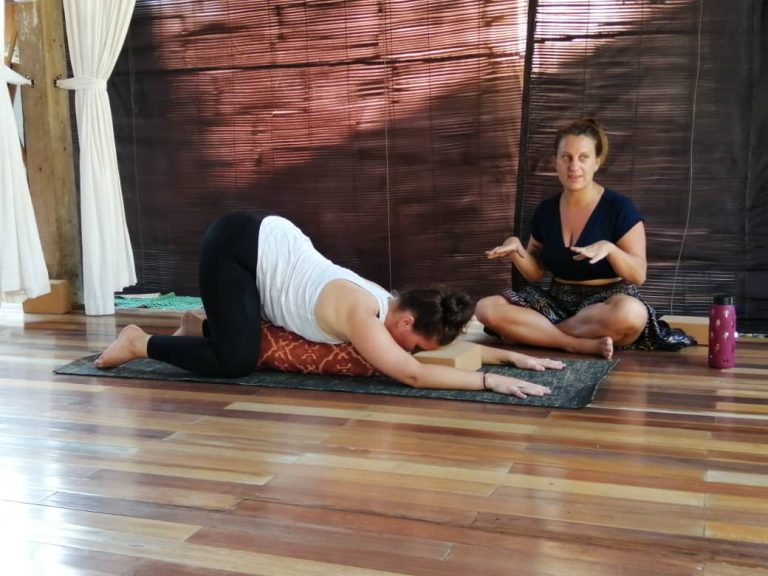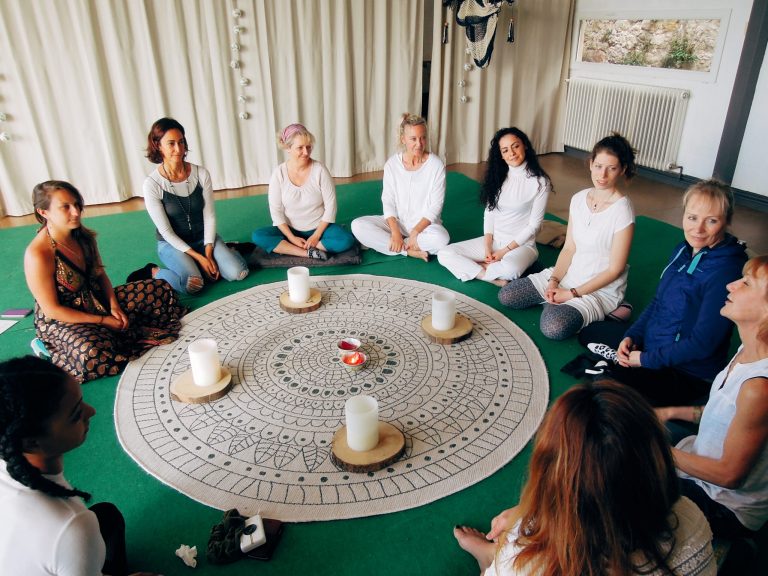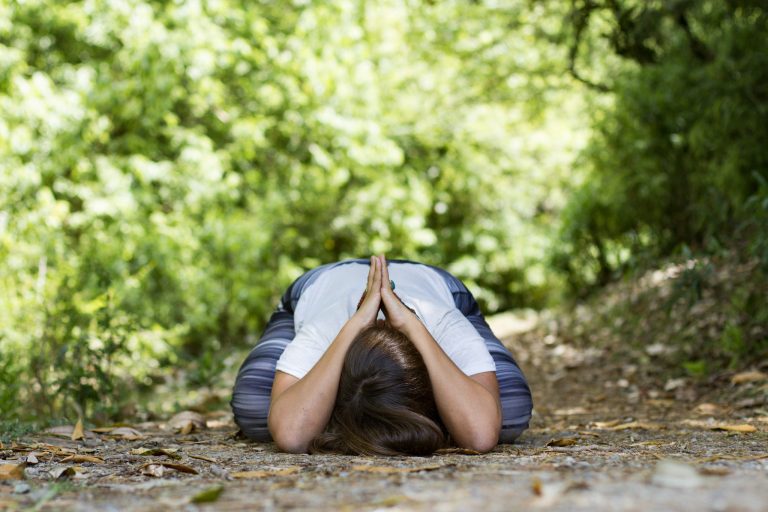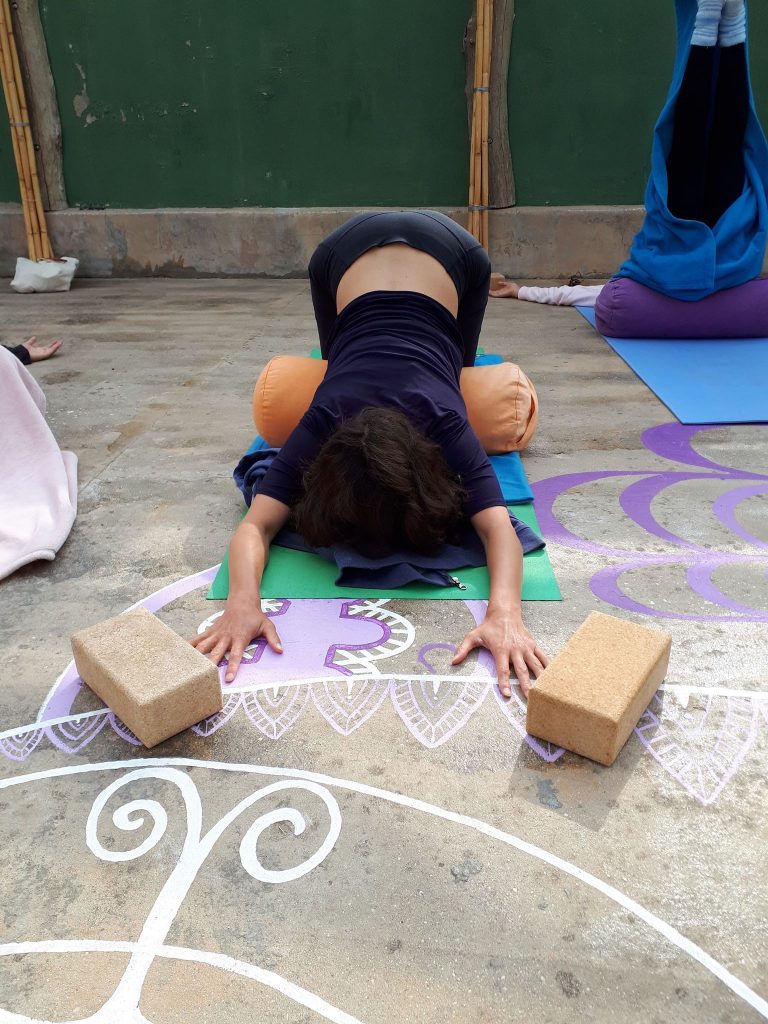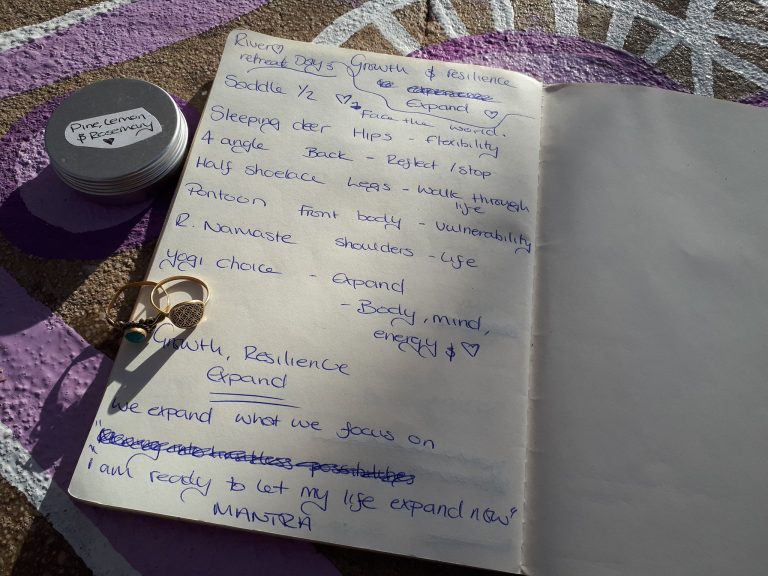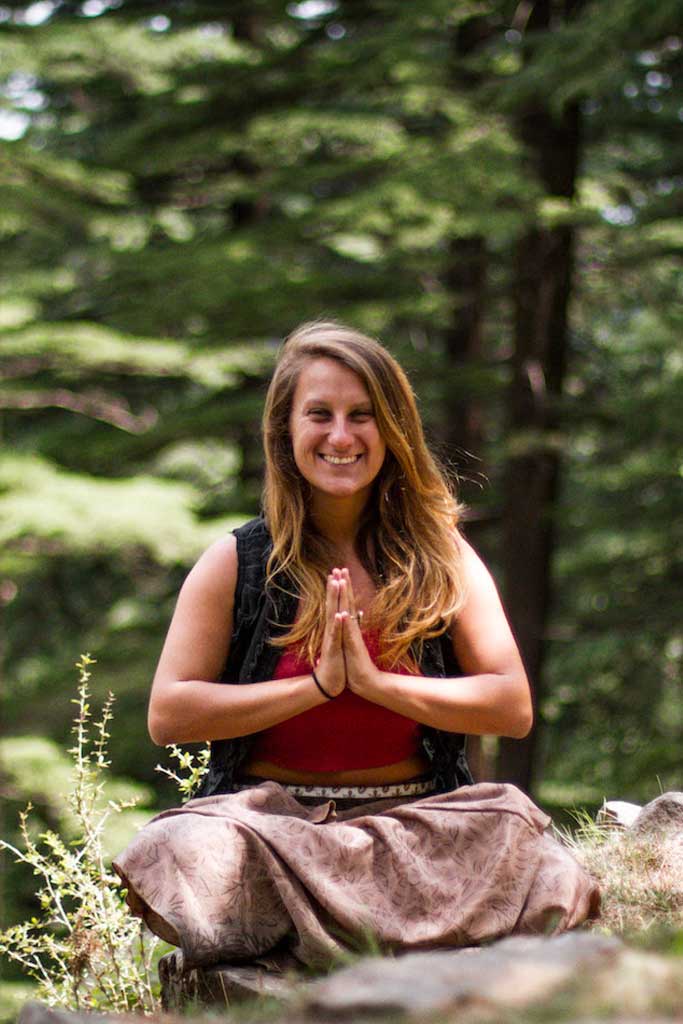What is the Difference in Anatomy in Yin Yoga and Hatha Yoga?
Written by Anna Caldwell
No matter what, anatomy is important to understand as a yoga teacher to conduct safe and effective yoga classes for your yoga students. The primary difference between Yin and Hatha yoga, are the areas we target in the body and the ways in which we do this. In Yin Yoga, we practice with the intention of targeting yin tissues in the body, namely fascia or connective tissue. On the other hand, Hatha styles of practice (studio Vinyasa or Ashtanga, for example) focus on dynamic muscle stretching and strengthening with the goal of maintaining healthy muscle movement and function.
Somewhat uniform alignment is key in these yang-style practices, as one is using the muscles to hold the bone in place. Yin Yoga, on the other hand, requires that muscles be relaxed in the target area in order to apply gentle stress to the connective tissue. Over time, this gentle and moderate stress on the connective tissues provides many of the physiological benefits of the practice. At the crux of this understanding is fascia, the web-like matrix of tissue that envelopes the entire body and all of its organs. Fascia envelopes every muscle, surrounds every organ and houses every nerve in the body and this fascial net is continuous throughout the body. When we stop moving our body in certain ways, parts of our fascial structure can dehydrate and become constricted.
So, Yin Yoga goes for functional alignment, deeply rooted in the understanding of bio-individuality and the vast complexity and uniqueness of each individual body. Anatomy between human bodies varies immensely, particularly on a skeletal level, and the anatomy of Yin Yoga accommodates this fact of nature. Each posture will look different from one person to the next and the anatomy of Yin Yoga promotes accessing the target area as what dictates the shape of a persons body. In other words, the practitioner can use props and various forms of alignment to fit their intention and target area for the posture, while keeping in mind they have unique mental, physical and energetic intentions for the practice.
If you are interested in learning more about training in Yin Yoga, Shanti Atma Yoga offers a variety of trainings exploring the many avenues to self-healing, teacher development and deepening your yoga practice:
Yin Yoga Teacher Training Online:
Yin Yoga Teacher Training: 100 hour Functional Anatomy and Chinese Medicine
Yin Yoga Teacher Training: 100 hour Pranayama, Meditation and Mindfulness
Yin Yoga Teacher Training: 80 hour Yin Yoga and Yoga Nidra
Yin Yoga Teacher Training: 50 hour Neuroplasticity and Mindfulness
Yin Yoga Teacher Training: 50 hour Essential Oils and Emotional Intelligence
Residential Yin Yoga Teacher Training:
Yin Yoga Teacher Training: 100 hour Functional Anatomy and Chinese Medicine
Yin Yoga Teacher Training: 100 hour Pranayama, Meditation and Mindfulness
Yin Yoga Teacher Training: 80 hour Yin Yoga and Yoga Nidra
Yin Yoga Teacher Training: 50 hour Neuroplasticity and Mindfulness
Yin Yoga Teacher Training: 50 hour Essential Oils and Emotional Intelligence
Yin Yoga Teacher Training: 200 hour 5 Bodies Approach
Locations:
Yin Yoga Teacher Training Bali
Yin Yoga Teacher Training Thailand
Yin Yoga Teacher Training India
Yin Yoga Teacher Training Spain
Yin Yoga Teacher Training Australia
Yin Yoga Teacher Training Guatemala

